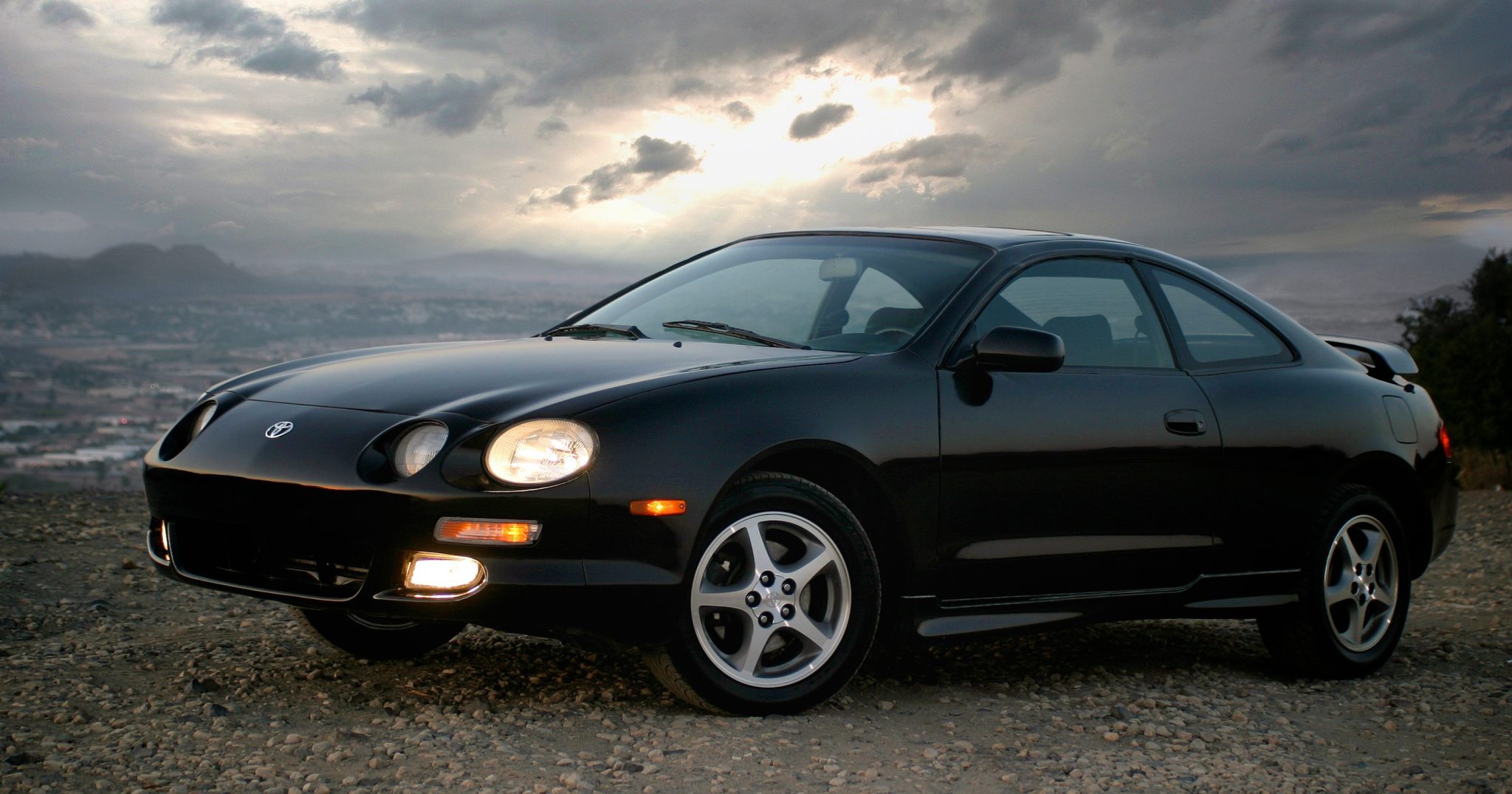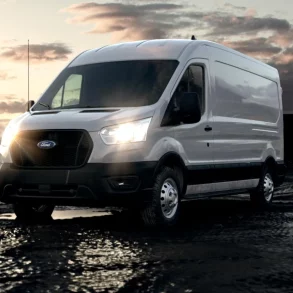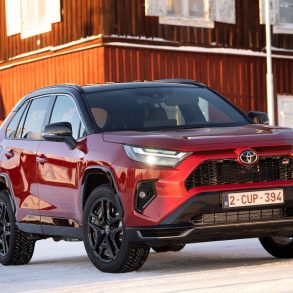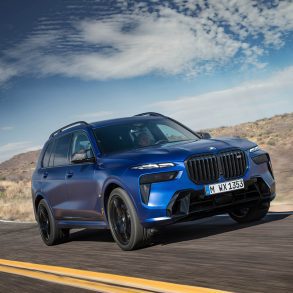Toyota Celica
The Toyota Celica is an iconic sports car produced by Toyota from 1970 to 2006. Over its lifetime, the Celica underwent several transformations in terms of design, drivetrain, and positioning. It was well-regarded for its combination of style, reliability, performance, and affordability. The Toyota Celica was withdrawn from the market in 2006 without a direct successor, until the introduction of the Toyota GT86 in 2012.
Toyota Celica Overview
The Celica was first introduced in Japan in 1970 as a more affordable and smaller alternative to Toyota’s first sports car, the 2000GT. Initially, it was available as a two-door coupe but later added a liftback model. The early Celicas were rear-wheel drive and came with a range of four-cylinder engines. The second generation arrived in 1978 and this generation saw a more angular design, in line with the automotive trends of the era. The “Celica Supra” was introduced, which later evolved into the standalone Toyota Supra model.
The third generation launched in 1981, with an upscale shift and a focus on better interior quality and more advanced features. The GT-S model became popular for enthusiasts due to its sportier suspension and higher output engine. The fourth generation followed in 1985 with a more rounded, aerodynamic design characterized this generation. Toyota introduced an all-wheel-drive turbocharged model known as the Celica All-Trac Turbo in the U.S. and GT-Four elsewhere. It achieved success in the World Rally Championship (WRC). The design became even sleeker, with pop-up headlights and a more aggressive stance for the fifth generation Celica in 1989. The GT-Four/All-Trac Turbo continued its success in rallying, solidifying the Celica’s reputation in motorsports during this era.
The 1993 sixth generation Celica was a big change. The most significant change was the shift from rear-wheel drive to front-wheel drive, though the GT-Four remained all-wheel drive. Multiple engine options and body styles (coupe, liftback, convertible) were available. The seventh and final generation came in 1999. This final generation adopted a more radical and futuristic design, especially with its distinct triangular headlights. Toyota shifted the Celica’s focus more towards a younger audience with an emphasis on style and affordability rather than outright performance. 2006 marked the end of the Celica production, as market dynamics shifted and interest in sport compact cars began to wane.









